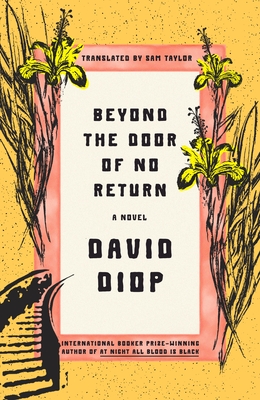What do you think?
Rate this book


257 pages, Kindle Edition
First published August 19, 2021
"Sugar cane grew easily in Senegal, and it would have been less costly for France to import the sugar it needed so badly from West Africa than from the Antilles. But Estoupan de la Brue was the last person likely to be receptive to this handsome speech, which I barely suggested in the account of my voyage that I published four years after my return to Paris. The truth is, my idea was incompatible with the wealth of a world that had revolved around the buying and selling of millions of Black people for more than a century. We would have to carry on eating sugar impregnated with their blood. "
Marie-Guillemine Benoist, Portrait d’une femme noire, 1800 - renamed 'Portrait of Madeleine'